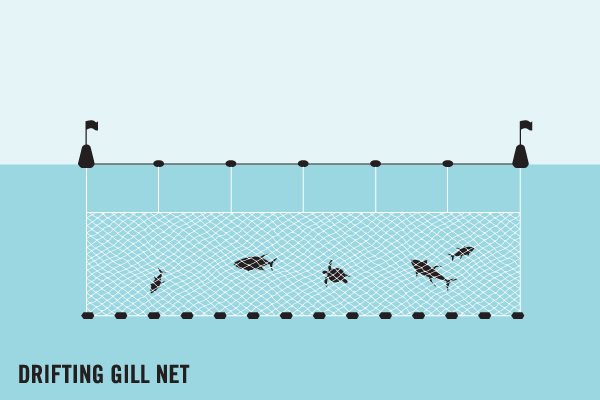Average Weight/Length
Family, Genus, Class & Etymology
| Family | Abyssocottidae |
| Description | Deep-water sculpins |
| Environment | Fresh |
| Etymology | Greek, abyssos = bottomless + Greek, kottos = a kind of fish; derived from Greek, kotta = head |
| Genus | 7 |
| No. of Species | 24 |
| Order | Scorpaeniformes |
| Class | Actinopterygii |
| Reproductive Guild | Guarders |
| Distribution | Primarily Lake Baikal, Siberia. Postcleithra reduced or absent; dorsal fin with 3-10 spines and 10-21 soft rays; anal fin with 8-16 soft rays; pelvic fin with one spine and 2-4 soft rays; vertebrae 30-37. Generally occur below 170 m. |
Other "Popular" Names for this Fish
Location Habitat
Biology & Physical Description
Life Cycle & Mating Behavior
Geographic Species Map (Fishbase.org Map)
|
|

|
Summary of Distribution: Indo-Pacific: tropical and temperate waters approximately 45°- 50°N and 40°-35°S in the western Pacific, 35°N and 35°S in the eastern Pacific; 45°S in western Indian Ocean and 35°S in eastern Indian Ocean. Entered Mediterranean Sea from Red sea via Suez Canal. Highly migratory species, Annex I of the 1982 Convention on the Law of the Sea. Some authors recognize a single worldwide species, Istiophorus platypterus (Shaw & Nodder 1792) but we follow Nakamura 1990 retaining the usage of Istiophorus platypterus for the Indo-Pacific sailfish and Istiophorus albicans for the Atlantic sailfish in recognition of the differences between them. |
|
Note: Distribution range colors indicate degree of suitability of habitat which can be interpreted as probabilities of occurrence (fishbase.org) |
|
Sport Fishing Techniques
|
|
Gill netsGill-nets are the dominant gear in the Indian Ocean. Gill-nets are used in artisanal and semi-industrial fisheries, contributing to 30-40% of the total catch. The net design is comprised of continuous panels of uniform mesh size, aimed to trap fish behind the gills. The International Sustainable Seafood Foundation (ISSF) notes that rates of sharks and turtle by-catch in Indian Ocean gill-net fisheries are high.. |
|
|
|
Kite Fishing (Rig)A Kite Fishing Rig is.... |
|
|
|
Kite Fishing (Trolling)Kite Fishing Trolling is when you are.... |
|
|
|
River DriftRiver Drift means to use the.... |
|
Tackle & Baits
Game Rating
Game Rating : 9/10
Game Description :
Unsurpassed in its size range for combined strength and spectacle.
Food Rating
Game Rating : 9/10
Game Description :
Very good broiled or smoked, and should be kept if inadvertently killed. Protected commercially. Utilized fresh, smoked and frozen; also used for sashimi and sushi; eaten broiled and baked
Picture (Fish)
|
|
|
Picture Mount
|
|
|
|
|
|
|
|
|
|
|




















 Atlantic Sailfish
Atlantic Sailfish 














